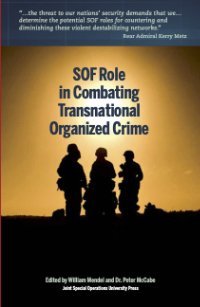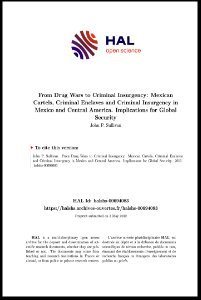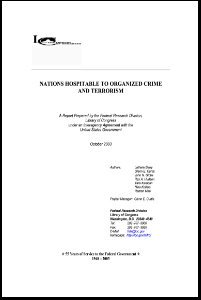By Steven Dudley and Matthew Taylor
There are three major types of criminal networks in the Americas, and each requires the United States government to take a substantially different approach towards mitigating their power and effect . State-embedded networks are embedded in elected bodies, law enforcement, judicial entities, regulatory agencies, and other parts of the government. They use state power to enrich themselves and their partners via corrupt and criminal schemes and to systematically undermine the rule of law and regulatory powers, so as to protect their activities and ensure impunity. These networks are the most difficult for the United States government to address because they are, by definition, the US government’s counterparts. They may also play a double game, employing their resources towards battling some criminal activities, which may correspond with US interests, even while they shelter and build out their own criminal portfolios. Battling state-embedded networks requires empowering international and local bodies, as well as supporting civil society organizations and media. Social-constituency networks draw from a constituency, built on shared circumstances, heritage, and/or political beliefs, and create criminal networks that advance the interests of the constituency. They may provide protection from rival criminal groups and a predatory state, while also providing tools for social and economic advancement. They draw from various criminal economies, but their power base is decidedly social and political in nature. Entrepreneurial networks are designed like a commercial enterprise with multiple layers and a loose structure, which allow them to maximize profit and minimize risk. They mostly provide goods and services, but they are sometimes predatory and often employ violence. While the core of these networks is often one or more tight-knit families – which provide them many built-in advantages in terms of trust, recruitment, and conflict resolution – these networks are governed by profit motives, and they derive their power from economic capital.
Washington, DC: InSight Crime and American University’s Center for Latin American & Latino Studies, 2022. 155p.





















